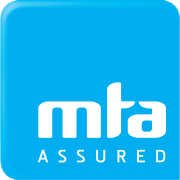- Diagnostic scan of vehicle.
- Test basic foot brake operation. Stall-test parking brake and check travel.
- Test wiper/washer operation, test horn and check lighting system operation. Polish headlamps with cutting compound (where required).
- Add chemical flush additive to engine and run vehicle to operating temperature. Drain and replace engine oil to manufacturer’s specifications. Carry out basic visual inspection for oil leaks, damage and/or corrosion (rust).
- Test vehicle battery state of health, check battery and terminals for security and apply terminal protection.
- Test coolant strength and carry out specific gravity test on coolant. Visually check the condition of cooling system components.
- Test brake fluid and check the condition of braking component system components and service where necessary.
- Check all under-bonnet fluid levels, note condition and top up as required. Ensure fuel level is full and add Fuel Injector Cleaner. Leave in vehicle if below required level.
- Inspect air filter, drive belts and spark plugs where access allows.
- Clean engine bay and scuttle panel of debris and clean windscreen.
- Lubricate door strikers and check door restraint straps.
- Check all tyres for wear and damage and set type pressures to manufacturer’s specifications (including the spare).
- Inspect the condition of steering and suspension components and lubricate moving parts as required.
- Check all driveline fluid levels (transmission and differential) and top up as required. Inspect driveline components for wear.
- Clear service codes.
- Vacuum vehicle.
PHONE: 04 566 9267

